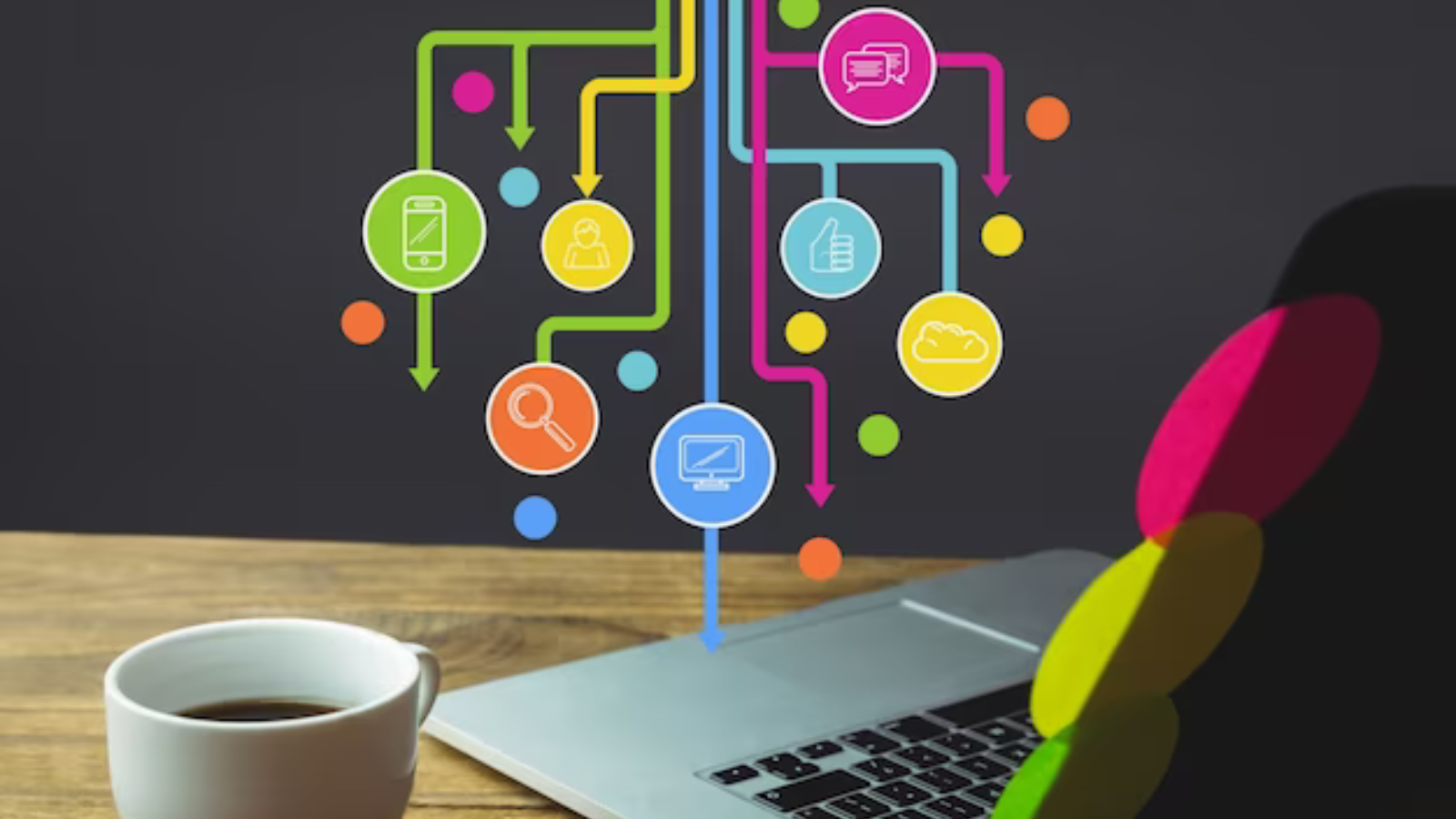Bringing an app to life is an exhilarating journey that blends creativity, strategy, and technical expertise. Whether you’re a seasoned developer or a budding entrepreneur, navigating the app development lifecycle successfully requires careful planning, execution, and iteration. In this comprehensive guide, we’ll walk you through the key stages of the app development lifecycle, from conceptualization to launch, providing insights and best practices to help you bring your idea to fruition.
1. Conceptualization and Planning:
The journey begins with a spark of inspiration – an idea for an app that addresses a specific need or solves a problem. During the conceptualization phase, it’s essential to conduct thorough market research, identify target audience demographics, and define clear objectives and goals for the app. Create user personas, outline key features and functionality, and draft a project roadmap to guide the development process.
2. Design and Prototyping:
Once the concept is solidified, it’s time to bring the vision to life through design and prototyping. Collaborate with UX/UI designers to create wireframes, mockups, and interactive prototypes that visualize the app’s user interface, navigation flow, and user experience. Focus on usability, accessibility, and aesthetics, ensuring that the design aligns with the target audience’s preferences and expectations.
3. Development and Implementation:
With the design finalized, developers can begin building the app’s backend and frontend components. Choose the appropriate technology stack, programming languages, and frameworks based on project requirements and scalability considerations. Adopt agile development methodologies, such as Scrum or Kanban, to facilitate iterative development, continuous integration, and rapid feedback cycles. Prioritize core features and functionality, incrementally adding new features with each development sprint.
4. Testing and Quality Assurance:
Testing is a critical phase of the app development lifecycle, ensuring that the app functions as intended across different devices, platforms, and usage scenarios. Conduct thorough testing, including functional testing, usability testing, performance testing, security testing, and compatibility testing. Utilize automated testing tools and manual testing procedures to identify bugs, glitches, and usability issues early in the development process. Iterate based on user feedback and testing results to refine the app’s performance and user experience.
5. Deployment and Launch:
As the development phase nears completion, prepare for deployment and launch by optimizing the app for distribution through app stores or other distribution channels. Compile the app binaries, generate release builds, and submit the app for review and approval. Coordinate with marketing and promotion teams to create buzz around the launch, generate press coverage, and engage with potential users through social media, email campaigns, and influencer outreach. Monitor app performance, user feedback, and analytics data post-launch, iterating based on user behavior and market trends.
6. Post-Launch Support and Maintenance:
The journey doesn’t end with the app’s launch – it’s just the beginning of a new phase in the app’s lifecycle. Provide ongoing support and maintenance to address bug fixes, performance enhancements, and feature updates. Establish communication channels for user feedback and technical support, such as customer support portals, help desks, and community forums. Continuously monitor app performance, security vulnerabilities, and user engagement metrics, iterating based on user feedback and market trends to ensure the app’s long-term success.
Conclusion:
Navigating the app development lifecycle successfully requires careful planning, execution, and iteration at each stage of the journey. From conceptualization to launch and beyond, focus on user-centric design, agile development practices, and continuous improvement to bring your app idea to life and create a valuable, engaging experience for your target audience. By following best practices and leveraging industry insights, you can navigate the app development lifecycle with confidence and achieve your goals of building a successful and sustainable app.




